Any Pruning Advice for Ficus Lyrata (Fiddle Leaf Fig)
Jocelyn
5 years ago
Featured Answer
Comments (14)
tapla (mid-Michigan, USDA z5b-6a)
5 years agoEkor Tupai
5 years agoRelated Discussions
Pruning Ficus Lyrata (fiddle leaf fig)
Comments (646)Hello everyone! I think from everything I've read in this thread that my plant has been suffering from overwatering and/or soggy soil. I got it in late January and after my second watering it developed a few very small brown marks on the edges of the leaves. Suspecting over watering as the cause, I let it dry out (until it no longer felt damp and spongey through the drainage hole) before watering again. This process meant it was about 2.5-3 weeks between watering and sadly the brown and blackish spots on the leaves have continued to get worse after every watering. With what I've read I now believe the soil is just staying soggy too long. (FYI when I water I give it about 3 cups, allowing one cup at a time to soak in. At least half a cup flows out the drainage holes on the third cup of water.) My plan now is to repot with a soil amendment and a wick. I'd like to do some root pruning as well since I can barely get the moisture meter in the soil through the roots, but I think I read in a previous post from Al that I should wait until it starts growing again and the weather is warmer. In the mean time, will mixing my regular potting soil with perlite as well as adding a wick offer a noticeable improvement for drainage for now? Then in the summer I can source better soil mix components and address any potential root issues? Alternatively, I can just water with more frequency and use less water until summer? Here are some photos of the FLF in the late afternoon on a cloudy day. This plant lives about 3 feet away from a S/SW window and doesn't receive any direct sunlight. Here is evidence that the plant has dropped a few leaves. The six leaves that fell off were the worst looking, and the leaves with the spots (shown above) are headed in that direction. And here is the beautiful new growth since I got it in late January (though now it has stopped and the tiny bud here doesn't seem to have changed in about a month): I look forward to learning even more, so thanks in advance for your advice and expertise :)...See MoreFiddle Leaf Fig Emergency (Ficus Lyrata)
Comments (7)I'm attaching some pictures to get some advice as to what should be our plan of action. Should we snip off the new growth low on the trunk, prune it back and root out cuttings, cut into it to try to force some back budding on the existing branches? The new growth produced by back-budding can be removed at any time. I'd leave it for now because it could eventually become a welcome part of the composition. I would take the opportunity to bring the top of the plant back under control. The plant would look better if the top was more dense and compact. If you decide you want to do that, we can talk about how to go about it so the tree begins progressing toward something that looks attractive and natural - a tree that will attract the eye because it is balanced and looks nice instead of something that jars the eye because the subconscious recognizes something is 'wrong' with the composition. There's no judgment in that statement - just pointing out that having a plan is almost a prerequisite to having an attractive tree. It's better to remove some of the 'growth for growth's sake' growth early on than later when it would take a more radical approach to reclaim the tree's eye appeal. When should we try to repot it. Now or next June, around Father's day. I wouldn't repot it any later than the second week of Aug, and earlier is better. The tree needs summer warmth and long bright days to recover from a repot and put away a little energy for winter. Pot up at any time, though potting up while the tree is in it's winter quiescence isn't the best of plans unless it's to alleviate roots that are REALLY tight, and you only pot up slightly. I only rarely pot up, choosing instead to repot. The occasional up potting I might do would be on a badly root-bound plant that I just couldn't find the time to repot. Even then it's a temporary measure taken to get the plant through until a time where repotting is appropriate. I know the recommended potting mix well from reading on the site. If you limit your soil choice to a soil you can water freely (to beyond complete saturation) at any time of year w/o having to worry about impaired root function or dead roots due to a soil soggy for extended periods, you're golden. Also, is terra cotta a good pot for the fig? Yes - very good. Pots that allow evaporation through pot walls are healthy choices for plants - not always the most attractive or lightest, but plants definitely like them. Al...See MoreFicus lyrata fiddle leaf fig - all leaf drop -HELP
Comments (1)My before and after no leaf current state of my plant. The above post has all my information. Not sure why the post made me split it...See MoreFicus Lyrata (Fiddle Leaf Fig) Notching Question
Comments (1)What it looks like is that your knife wasn't sharp enough. Also I'd never use a knife to prune. It is hard to get a clean cut (if it's not a clean cut it can take longer for the plant to heal) and can easily introduce disease and infection if the tools are not sterilized beforehand. For such thick stems use a pruner, you can buy them at home depot or lowes. To sterilize your tools, get a blow torch and heat up the blade until it gets red and then let it cool off. It goes without saying that you should choose a pruner with a blade that is pure metal, not the kind of hybrid plastic ones they have nowadays. I wouldn't necessarily prune any more off. The problem is that your ficus began branching too late and now whatever you do the tree is still going to look top heavy indoors since it can't get any taller than that....See MoreJocelyn
5 years agotapla (mid-Michigan, USDA z5b-6a)
5 years agolast modified: 5 years agoJocelyn thanked tapla (mid-Michigan, USDA z5b-6a)Jocelyn
5 years agotapla (mid-Michigan, USDA z5b-6a)
5 years agoJocelyn
5 years agoJocelyn
5 years agotapla (mid-Michigan, USDA z5b-6a)
5 years agoJocelyn
3 years agotapla (mid-Michigan, USDA z5b-6a)
3 years agoJocelyn
3 years ago
Related Stories
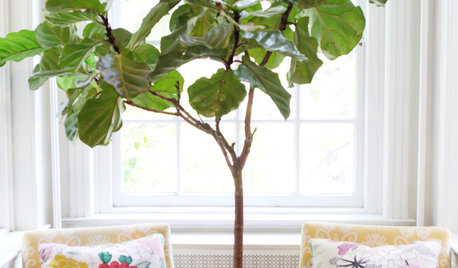
HOUSEPLANTSPlay Up Some Fiddleleaf Figs for a Lively Indoor Tune
Strike a dramatic chord in a minimalist scene or a country note in a rustic setting — fiddleleaf fig plants harmonize with any style
Full Story
HOUSEPLANTSSee How Fiddleleaf Fig Trees Can Liven Up Your Decor
The tropical houseplant with big green leaves adds a cheerful and striking design element to rooms
Full Story
HOUSEPLANTS10 Top Plants to Grow Indoors
Brighten a room and clean the air with a houseplant that cascades artfully, stretches toward the ceiling or looks great on a wall
Full Story
CONTAINER GARDENSHappy Houseplants, Happy People
Potted plants add life and beauty to a room. Learn easy ways to keep them healthy
Full Story
DECORATING GUIDESDecorate Your First Apartment Without Breaking the Bank
Check out a dozen budget-friendly design ideas for making a rental apartment feel like home
Full Story
HOUSEPLANTS8 Essentials for Healthy Indoor Plants
Houseplants add so much to our homes — and can thrive when grown in the right conditions. Keep these tips in mind
Full Story
DECORATING GUIDESThe Dumbest Decorating Decisions I’ve Ever Made
Caution: Do not try these at home
Full Story
GARDENING AND LANDSCAPINGGrow a Lush Privacy Screen
No need to wait forever for patio privacy the green way. These 10 ideas will get your screening up and running in no time
Full Story
LIVING ROOMSNew This Week: How to Punch Up a Modern White Living Room
Consider these easy combinations to bring personality, color and texture to your neutral backdrop
Full Story
DECORATING GUIDESDitch the Rules but Keep Some Tools
Be fearless, but follow some basic decorating strategies to achieve the best results
Full Story


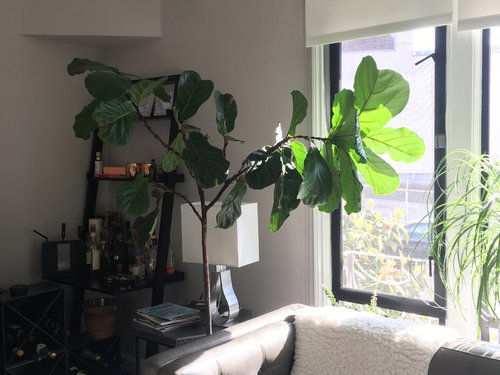

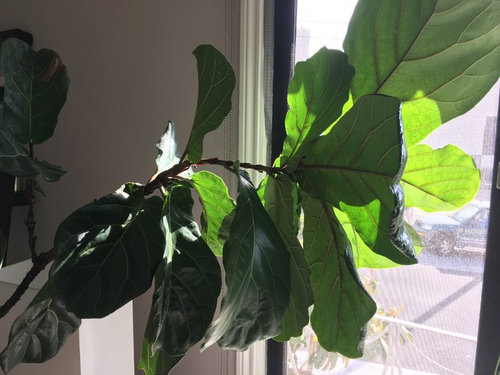
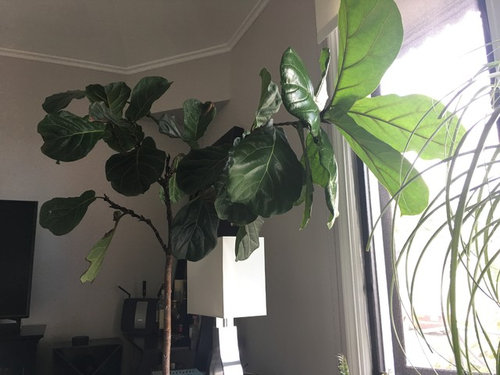
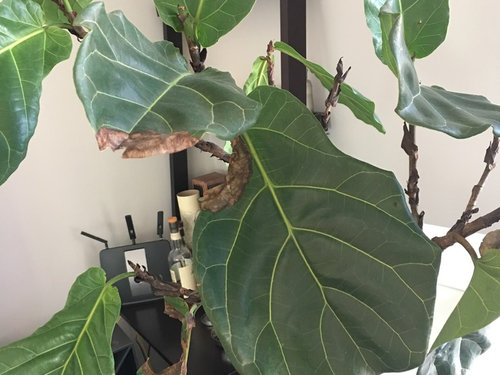
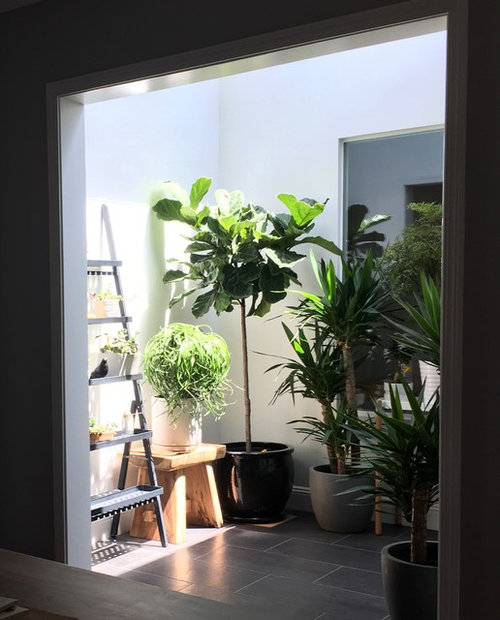
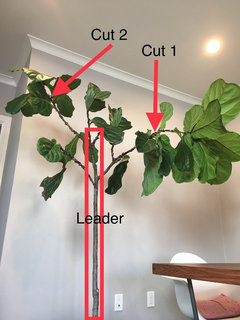
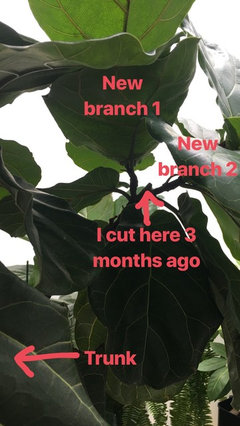



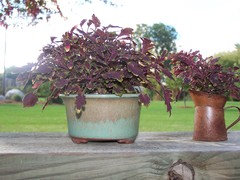
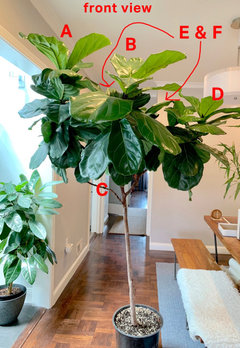

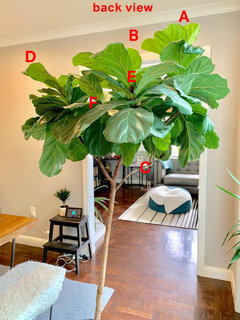
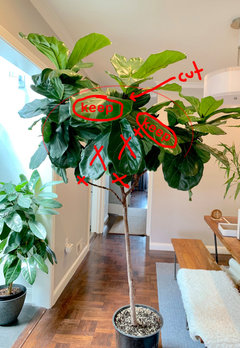
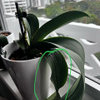
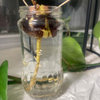
JocelynOriginal Author